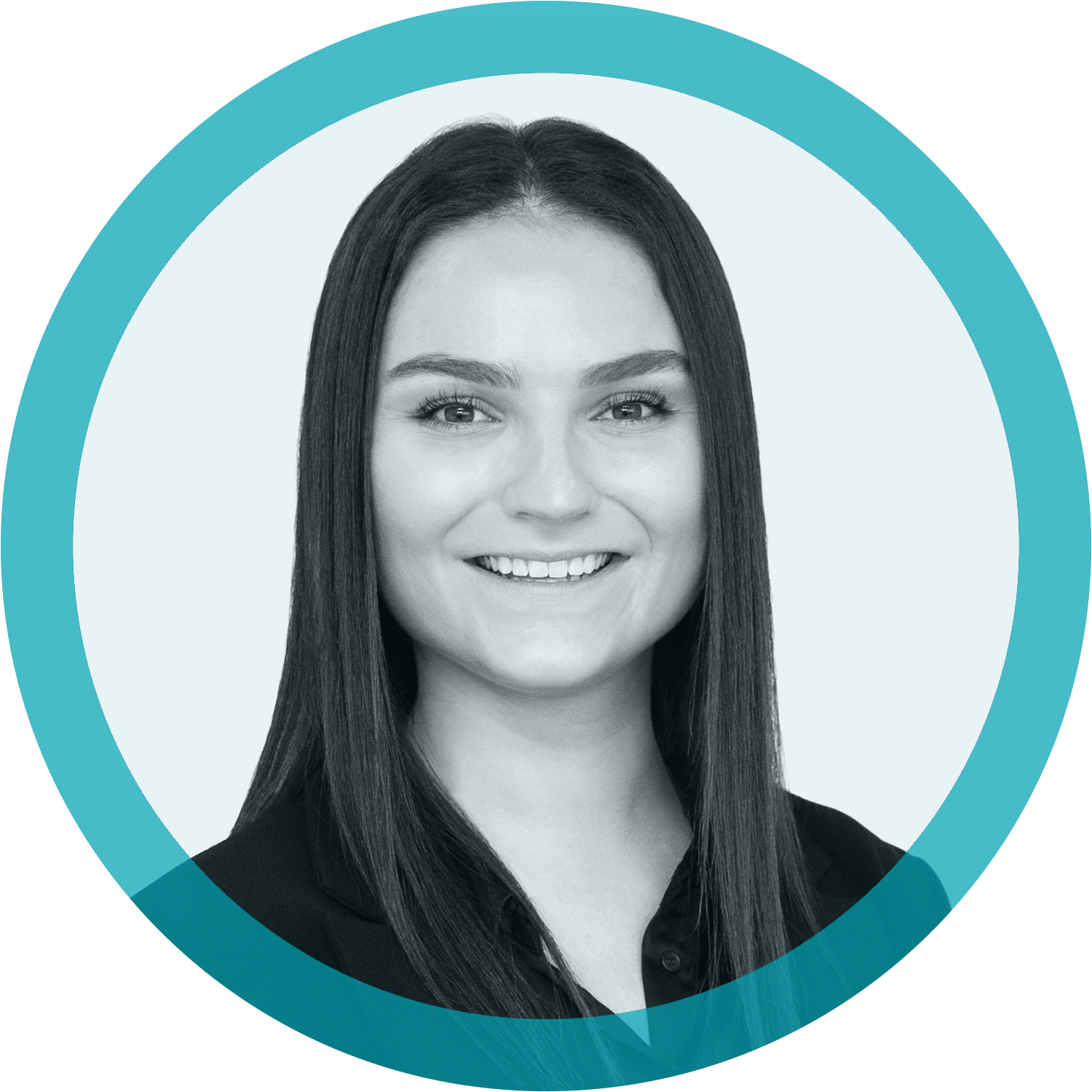The healthcare system in the US is opaque, complex and highly fragmented – and the major market for the ASX’s largest healthcare stocks. I recently spent a week in the US to gain a deeper understanding of current conditions and emerging trends.
The disruptive power of GLP-1s
The trip followed close on the heels of recent data releases regarding the efficacy of Glucagon-like peptide-1 (GLP-1) agonists – the blockbuster new drugs aimed at diabetes and obesity. The most established brands include Wegovy and Ozempic. Given the correlation between obesity and chronic disease – and by extension, healthcare costs – GLP-1s have the potential to drive dramatic change to the healthcare system.
The growth in these drugs is likely to be exceptional, underpinned by both the size of the obese population and strong recent trial results, where patients lost as much as 20% of their bodyweight. Pharmaceutical behemoth Novo Nordisk is investing $3.5b this year to add manufacturing capacity to meet the growing demand. Beyond this, the pipeline of trial candidates is large and growing.
A key area of enquiry concerns the potential for GLP-1s to reduce the market for ResMed’s CPAP therapy. CPAP is primarily used for the treatment of Obstructive Sleep Apnea (OSA), a physiological issue which is exacerbated by obesity. In this context, we see similarities between the current concerns around the impact of GLP-1s and earlier concerns posed by bariatric surgery, another therapy which delivers substantial weight loss. ResMed has previously noted the effectiveness of bariatric surgery for obesity treatment, highlighting its potential to halve body mass index (BMI) and consequently reduce the apnea-hypopnea index (AHI), a measure of OSA severity.
The increase in obese patients undergoing weight loss surgery had investors concerned that it might reduce the demand for CPAP therapy. However, despite successful weight loss for many patients, the threat to CPAP volumes has not materialised – as demonstrated by the continual growth in the market. While GLP-1s offer a less invasive alternative and will therefore potentially have broader adoption, their weight loss effects are more modest, typically resulting in around a 20% reduction in BMI.
An alternative potential scenario is that rather than GLP-1s reducing the use of CPAP therapy the drugs may change the profile of patients using CPAP therapy. Wegovy has been available for over two years but during this time there hasn’t been any reduction in the number of patients entering the healthcare system. Interestingly, GLP-1s could have the paradoxical effect of bringing more people into the system. While obesity is easily identified by doctors, OSA is less so. If patients seek out specialist doctors in their efforts to access these drugs, these specialists are likely to be more familiar with OSA and therefore more likely to prescribe CPAP therapy.
Further, Philips has suggested that GLP-1s may increase compliance with sleep therapy, especially among severely obese patients who require higher air pressure levels. Even modest weight loss will make CPAP more comfortable for those people receiving treatment.
It is widely accepted that weight loss has the potential to reduce the severity of OSA. However, significant uncertainties persist regarding the ultimate impact of GLP-1s in combatting the obesity epidemic and even more uncertainty in regard to their impact on CPAP usage.
Some of these uncertainties include:
- The long-term adherence rates of GLP-1s;
- How widespread use of GLP-1s can be funded – considering their current cost (US$1.3k per month in the US) and potential market size;
- The relapse rate (i.e., subsequent weight gain) after therapy; and
- The extent to which weight loss resulting from GLP-1s can eliminate or reduce OSA symptoms.
Based on current available information, it appears unlikely that GLP-1s will completely eliminate OSA symptoms and replace CPAP as the standard of care. While the growth in CPAP usage may see some moderation, it is unlikely to be as significant as the recent 30% fall in ResMed’s share price suggests.
Philips return to CPAP market
CPAP industry players anticipate that, upon its return, Philips will need to enter into a consent decree with the Department of Justice and the Food and Drug Administration. Such arrangements typically introduce bureaucracy, cost, and disruption to normal operations. In addition to the challenges posed by the consent decree, the company also needs to rebuild its sleep business sales force. Currently ranking fifth in terms of market share, Philips’ extended absence has enabled three new competitors to establish footholds. Consequently, we expect the market share gains to be relatively slow.
Our engagements revealed that Philips is likely to return to market in January 2024. They appear set to reintroduce their Dream Station 2, a product that is three years old and which offers inferior functionality compared to ResMed’s market leading device. It will likely take Philips 6-8 months to navigate the FDA approval process and resolve all pending lawsuits. Due to these factors, we expect customers will be cautious when acquiring products from Philips, with patients naturally cautious on the safety profile of their products.
Our research also suggests that ResMed is actively challenging Philips’ dominant share in European markets. Despite some constraints on product supply, ResMed has been prioritising European customers over US distributors for its latest device, AirSense 11. This explains ResMed’s recent heightened spending on sales, general, and administrative expenses (SG&A) as they strive to take market share from Philips globally.
Conclusion
The US healthcare system is a complex landscape, and the emergence of GLP-1 agonists brings potential for unprecedented change. While GLP-1s may impact CPAP therapy, uncertainties persist to the degree that the market’s reaction is likely overplayed. The prospective return of Philips and ResMed’s efforts to maintain market dominance add further dynamics. As investors, we will continue to be vigilant in remaining well informed in this evolving trend.







